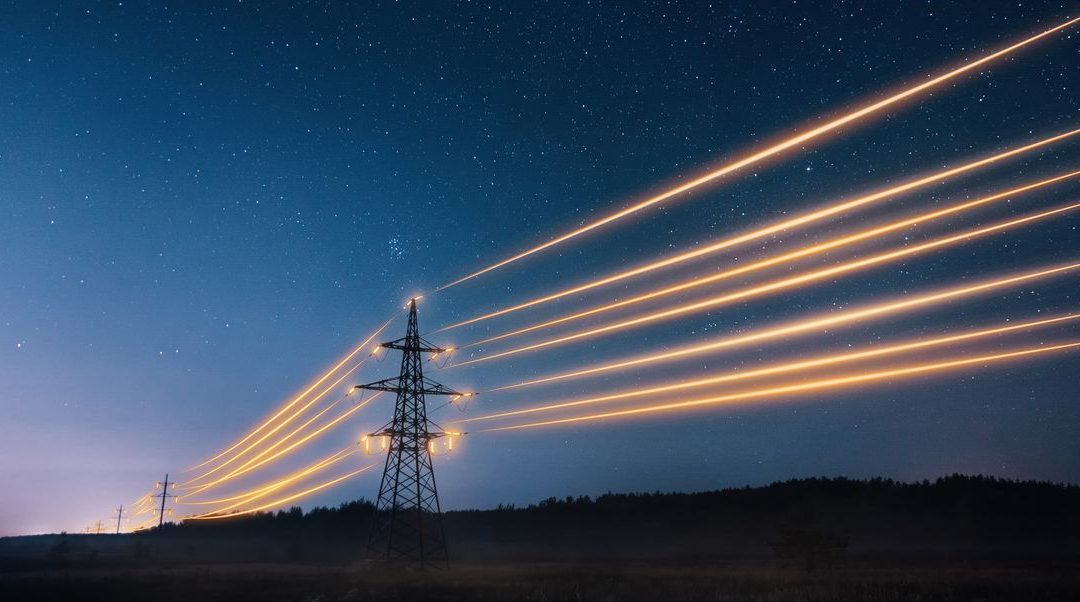We all know that the climate crisis is one of the most pressing issues of our time, and one of the most important steps we can take to reduce our carbon emissions is to switch to renewable energy sources. But what many people don’t realize is that the success of this transition hinges on more than just building more wind and solar farms. We also need to invest in the necessary infrastructure to make sure that energy is stored and transmitted.
That’s why Bill Gates, the Microsoft co-founder and one of the world’s richest men, is advocating for building more high-voltage power lines. According to Gates, this is the best way to support a 40 to 60 percent increase in electricity demand, as the U.S. moves towards a greener energy future. But building transmission lines is easier said than done.
Gates explains that since the beginning of the electric grid, power companies have placed most power plants close to cities. But this model doesn’t work with solar and wind, since many of the best places to generate electricity are far away from urban centers. To reach our 2050 goal of net-zero carbon emissions, we need an upgraded energy grid that can handle the increased electricity demand from electric vehicles, electric stoves, and other electric-powered appliances and infrastructure.
Unfortunately, building transmission lines is an absolute minefield of challenges that has stifled its expansion for decades. Local opposition, safety concerns, and conflicts with wilderness preservation and Indigenous treaty rights have all been major barriers to progress. But Gates is determined to tackle this issue head-on. He believes that with the right planning, permitting, and payment, we can make sure that renewable energy is available to everyone.
This is why Bill Gates is advocating for more high-voltage power lines. It’s the best way to support the green energy transition and make sure that renewable energy is available to everyone. If you care about climate change, then you should care about transmission. With the right planning and investment, we can make sure that our energy future is green and sustainable.
Source: www.popularmechanics.com
